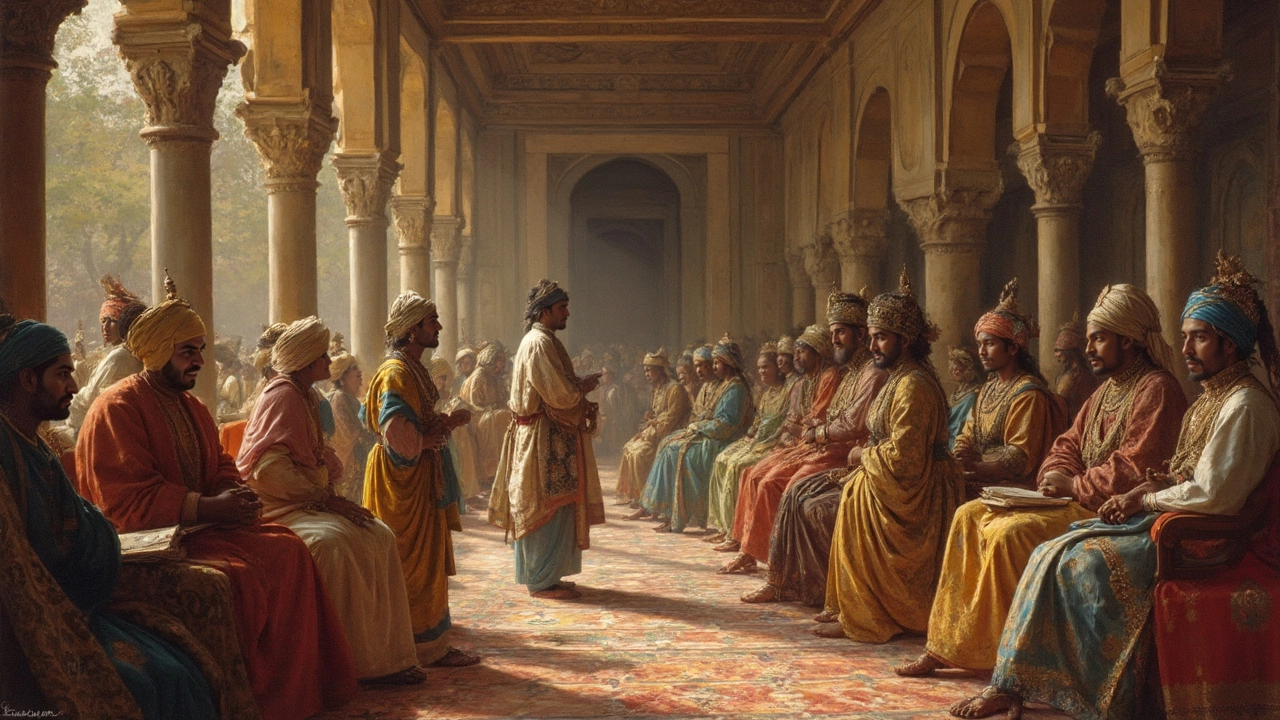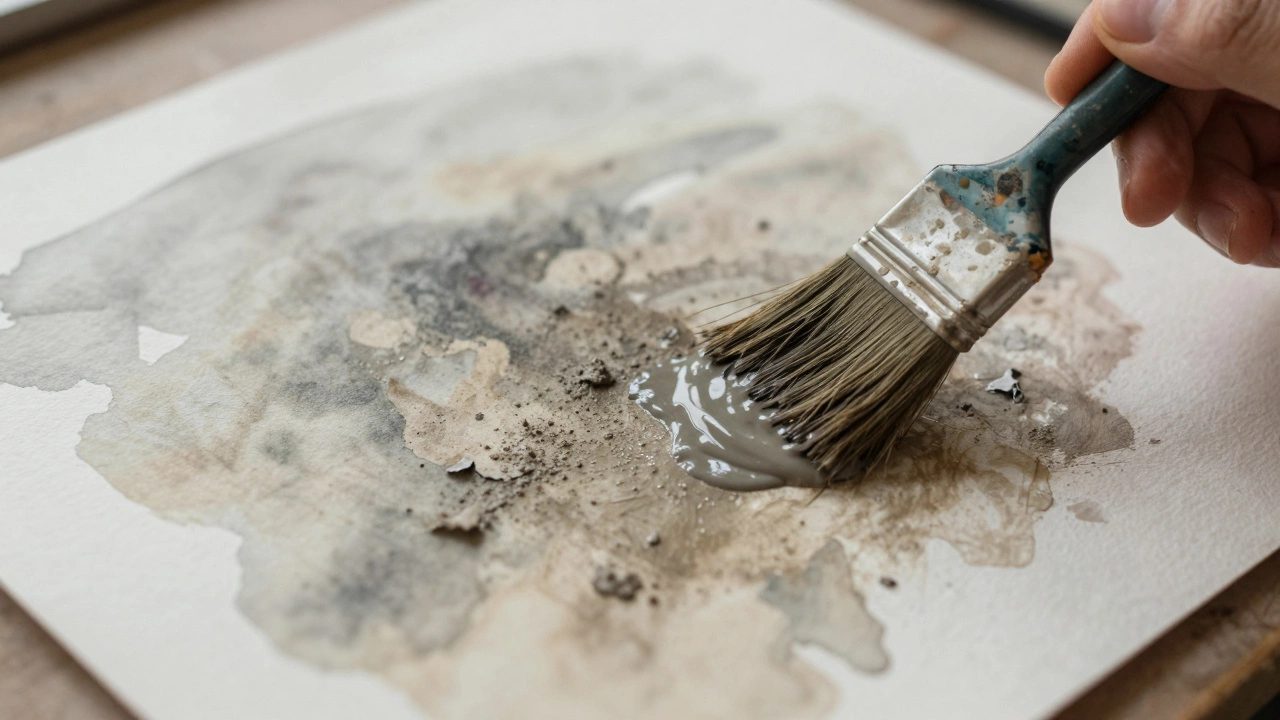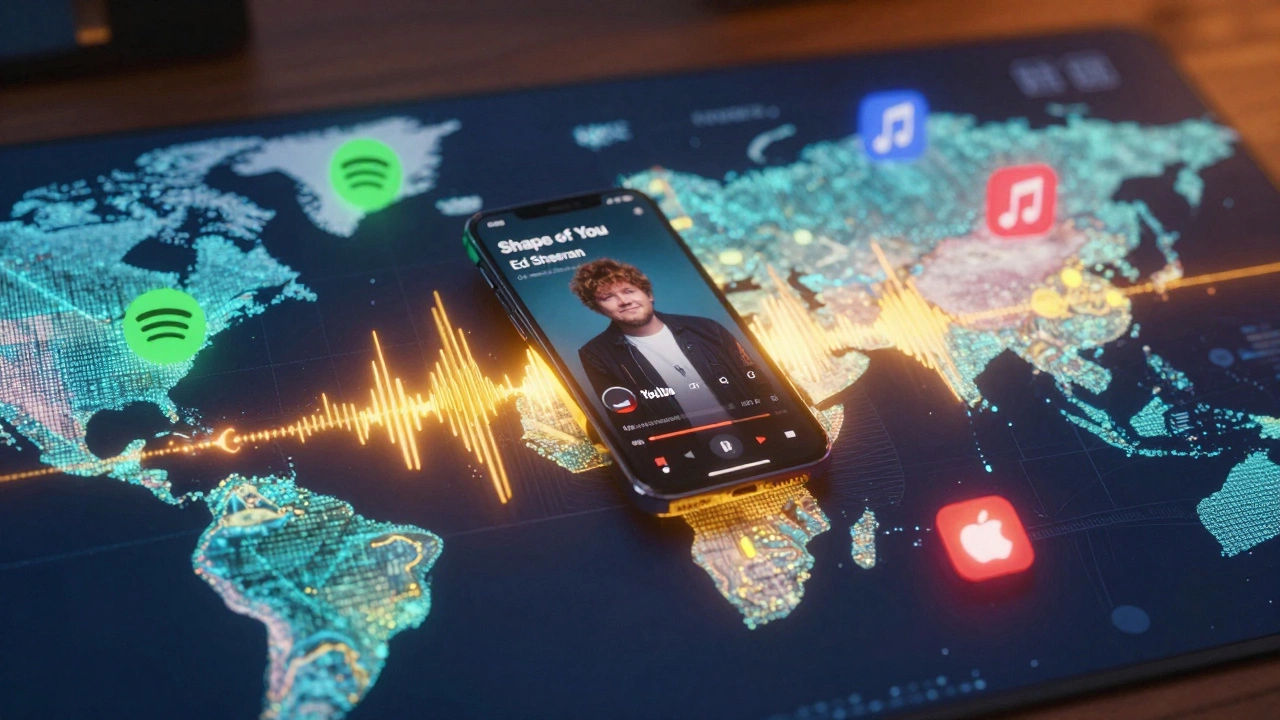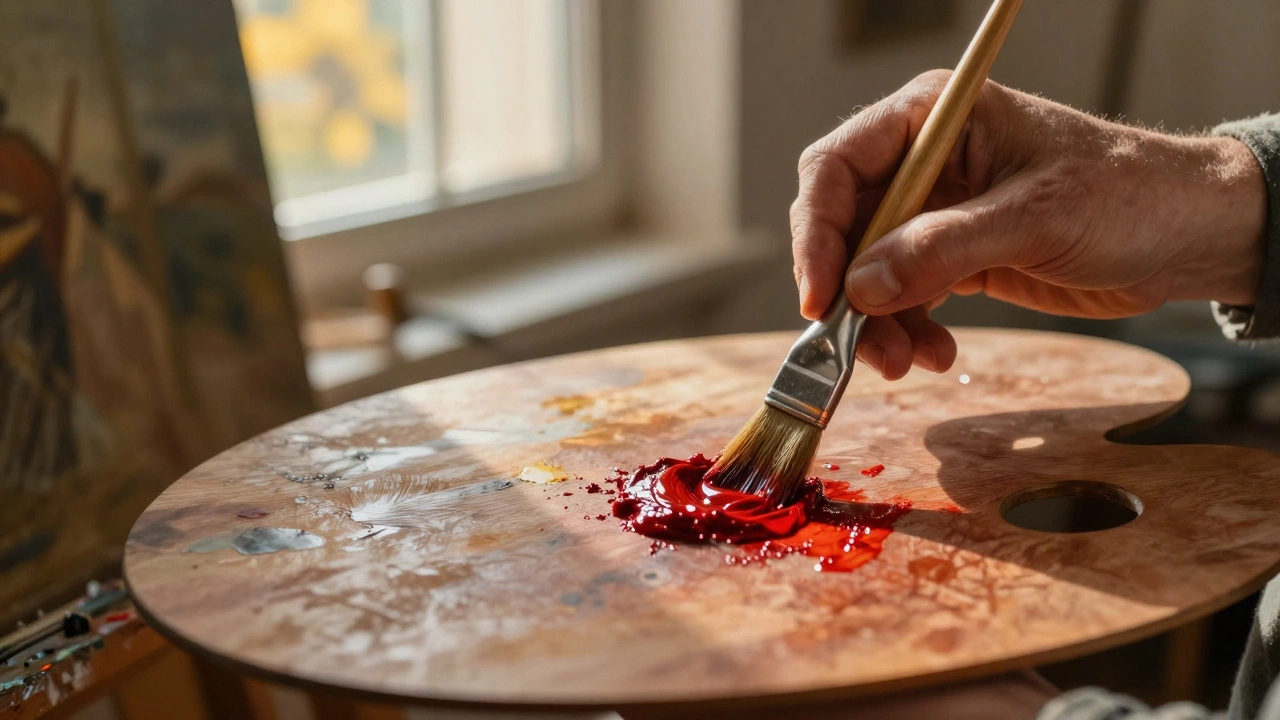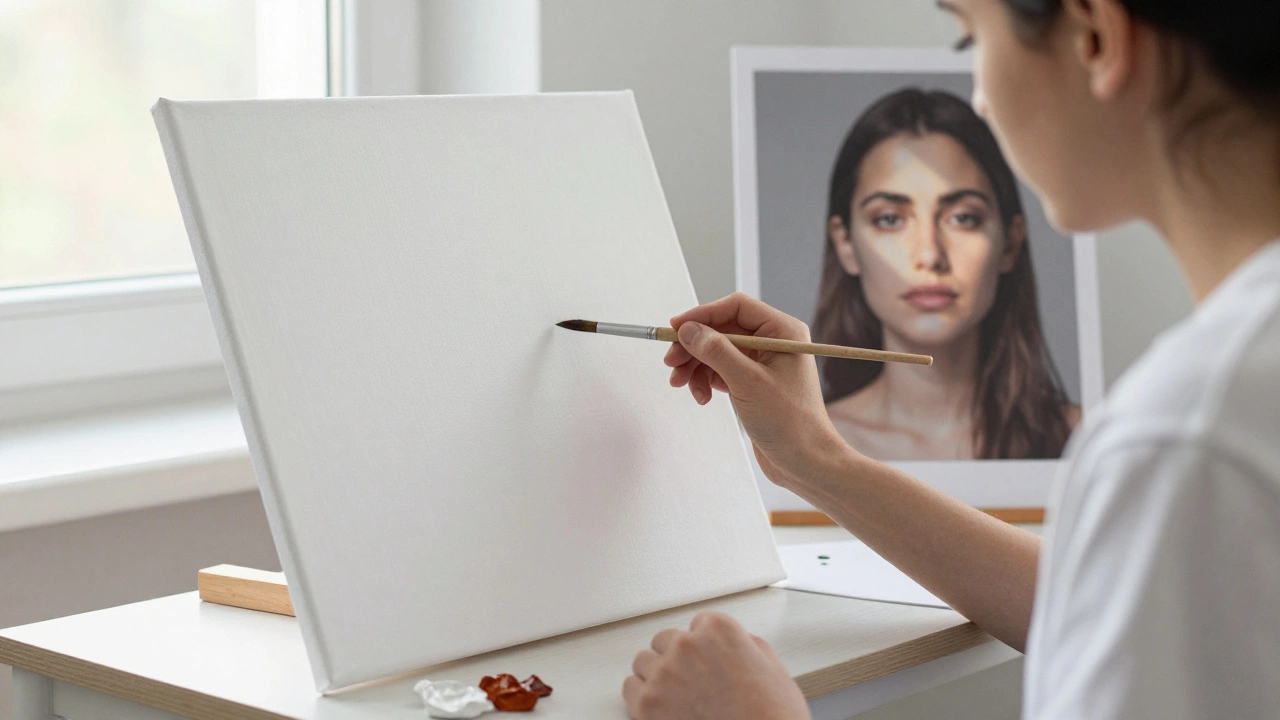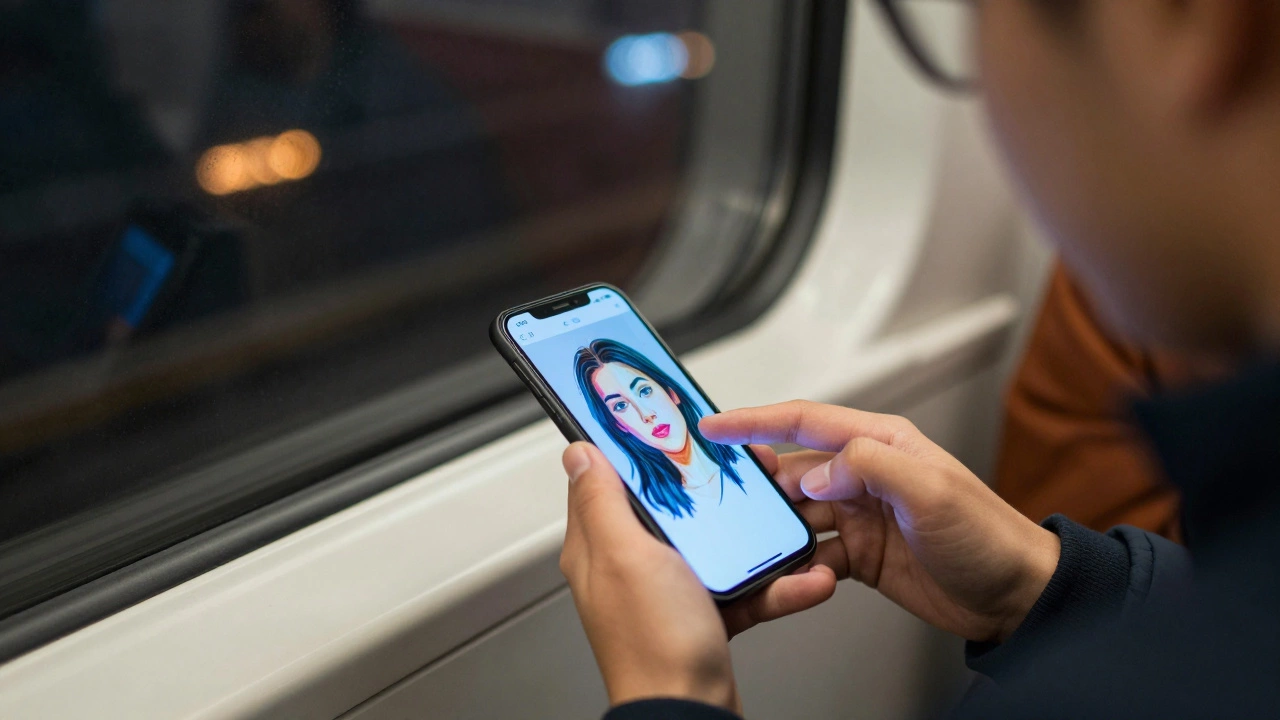Why don't we see grinning faces in old portraits? It wasn't because people in the past didn't enjoy a good laugh; rather, it was a mix of various cultural and technical reasons that made smiles rare in portraits.
Back then, sitting for a portrait was a serious affair. It was about capturing your likeness and legacy for future generations. Social norms dictated that a serious expression conveyed authority and respectability. Imagine being a noble in the 18th century; a stoic face was your LinkedIn profile pic of the time!
Then there were the technical reasons. With artists working painstakingly on every detail, sessions would be long and tiring. Holding a smile for hours? Not practical. Besides, some dental issues weren't aesthetically pleasing, so a closed mouth was often preferable for vanity's sake.
- Cultural Norms and Social Status
- Technical Limitations of Early Portraiture
- The Influence of Dental Hygiene
- Transformation Over Time
- Famous No-Smile Portraits
Cultural Norms and Social Status
Back in the day, a portrait was like your Instagram profile, but, you know, slower to create and only for the upper crust. In those times, showing teeth was often considered a breach of decorum. You were more likely to be respected if you maintained a composed demeanor.
Many historical portraits serve as a public testament to a person's wealth, status, and lineage. The decisions about what to wear, how to pose, and whether to smile were driven by a desire to appear dignified and authoritative. Let's face it, a grin with a wild-eyed look might've been interpreted as a lack of nobility.
According to Philip Mould, a famous British art dealer and historian, “The upper classes, since the 17th century, were taught to maintain a dignified expression in order to reflect their elevated social position.”
“What you can witness over the centuries is an evolution of what constitutes social propriety in appearance.”
It's fascinating to consider how social norms from hundreds of years ago still influence what we perceive as 'proper' in formal photographs today. Whenever you feel like the only serious person in your family photo, remember, you’re just tapping into a historical lineage of respectability!
Technical Limitations of Early Portraiture
Back in the day, painting a portrait wasn't as simple as snapping a quick selfie. Those masterpieces required a ton of patience, skill, and time—quite different from how we capture portrait painting today.
Let's start with the basics. Each stroke of the brush had to be just right, and that demanded long hours of sitting still from the subject. Holding a smile for such an extended period? Oof, that would turn into a grimace pretty fast, hence the serious expressions.
Lighting and Detail
Artists needed consistent lighting to maintain the shadows and highlights of the face. Think about it: the sun doesn't freeze in its path, so painters had to work quickly yet accurately, with subjects sitting multiple times at the same lighting. Smiles, being dynamic expressions, were hard to capture consistently.
Tools and Materials
The portrait painting process wasn't just about the painter's talent. The quality of materials played a huge role. Paints weren't like today's vibrant acrylics or oils. Back then, they were mixed manually, and colors changed as they dried. Capturing a subtle smile with precise colors was nearly impossible with these constraints.
Also, the equipment involved was bulky, and setting it up required considerable effort. The arrangement of canvases, palettes, and sitter's seats drove the flow of art creation, which explains why subjects were kept in a static, serious pose. Smiling wasn't just discouraged; it was almost impractical.
| Aspect | Effect |
|---|---|
| Sitting Duration | Long sessions discouraged smiling |
| Materials | Inconsistent drying of paint colors |
| Lighting | Needed to remain constant |
Over time, as materials improved and techniques evolved, the possibility for varied expressions grew. Until then, the serious, no-nonsense face reigned supreme in historical portraits.
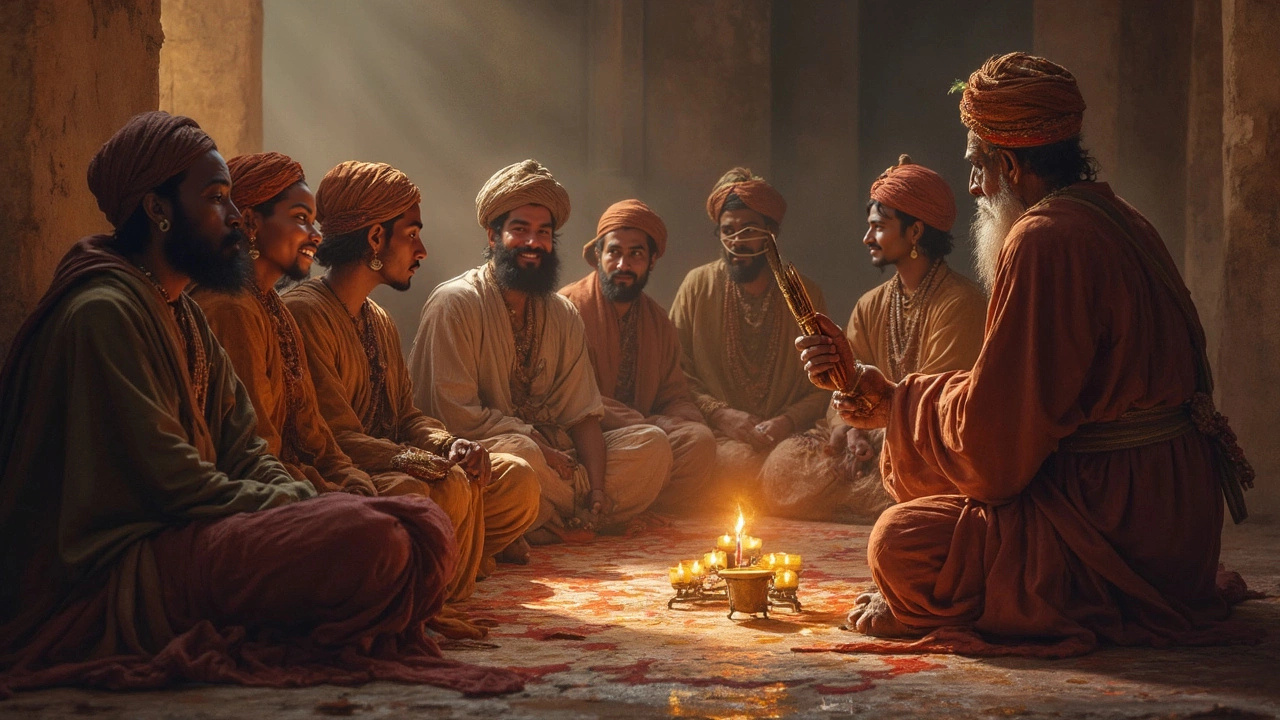
The Influence of Dental Hygiene
Okay, let's talk teeth. Back in the day, dental care wasn't exactly top-notch. Imagine a time when toothpaste was a weird blend of things like charcoal and crushed bones. Not the minty fresh clean we're used to, right? So, it’s no wonder folks weren’t eager to flaunt their pearly whites—or lack thereof—when sitting for a portrait painting.
The lack of modern dental hygiene meant that many people had discolored, missing, or decaying teeth. A gaping grin could expose less-than-perfect dental situations that people preferred to keep under wraps. This wasn't just a minor issue; it significantly impacted how people presented themselves in paintings.
Early Dental Challenges
In many historical eras, sugar was a luxury and not consumed every day, but when it was, it wreaked havoc on teeth. Compounded by the absence of fluoride, people were more susceptible to cavities and toothaches. Dentistry, such as it existed, was often more torture than treatment. Can you imagine the pain of getting a tooth extracted back then?
The wealthy sometimes used rudimentary tools to keep their teeth clean, but it wasn’t universally practiced. Instead, people hid their teeth behind closed lips in their historical portraits.
Changing Attitudes Over Time
- By the late 19th century, dental care began to improve with introductions like nylon toothbrushes and toothpaste we might recognize today.
- As smiles became less risky and more associated with good dental health, depicting smiles in portraits gained popularity.
Today's obsession with bright, straight teeth would seem bizarre to our ancestors. But, as dental hygiene caught on, so did the practice of smiling for paintings and photos, leading to more candid expressions in modern portraiture.
Transformation Over Time
So, how did we go from serious, solemn faces to today's selfie-ready smiles? The shift didn't happen overnight. Thanks to a range of social and technological changes, grinning in portraits eventually became commonplace.
First of all, the advent of photography in the 19th century played a huge role. Portraits weren't the exclusive domain of the wealthy anymore. As cameras became more affordable, more people could create a record of themselves. No longer limited by the hours-long portrait sittings, capturing a quick smile became feasible. Think of it as the original version of today's fast fashion—a fun and quick snapshot of life.
Socially, the world was changing too. By the mid-20th century, an informal, relaxed demeanor became more acceptable, even fashionable. Being approachable and cheerful was suddenly a good thing, reflecting a person’s modern, easy-going nature.
Also, let's not forget dental hygiene improvements! Modern dentistry made us less conscious about flashing our pearly whites, unlike our ancestors. With better dental care, smiling confidently became less of an issue.
So, while historical portrait painting stayed on the serious side for quite some time, technological advances and changing social norms eventually turned smiles into an art form all their own. Today, whether through photography or painting, capturing that perfect grin is all about showing authenticity and joy.
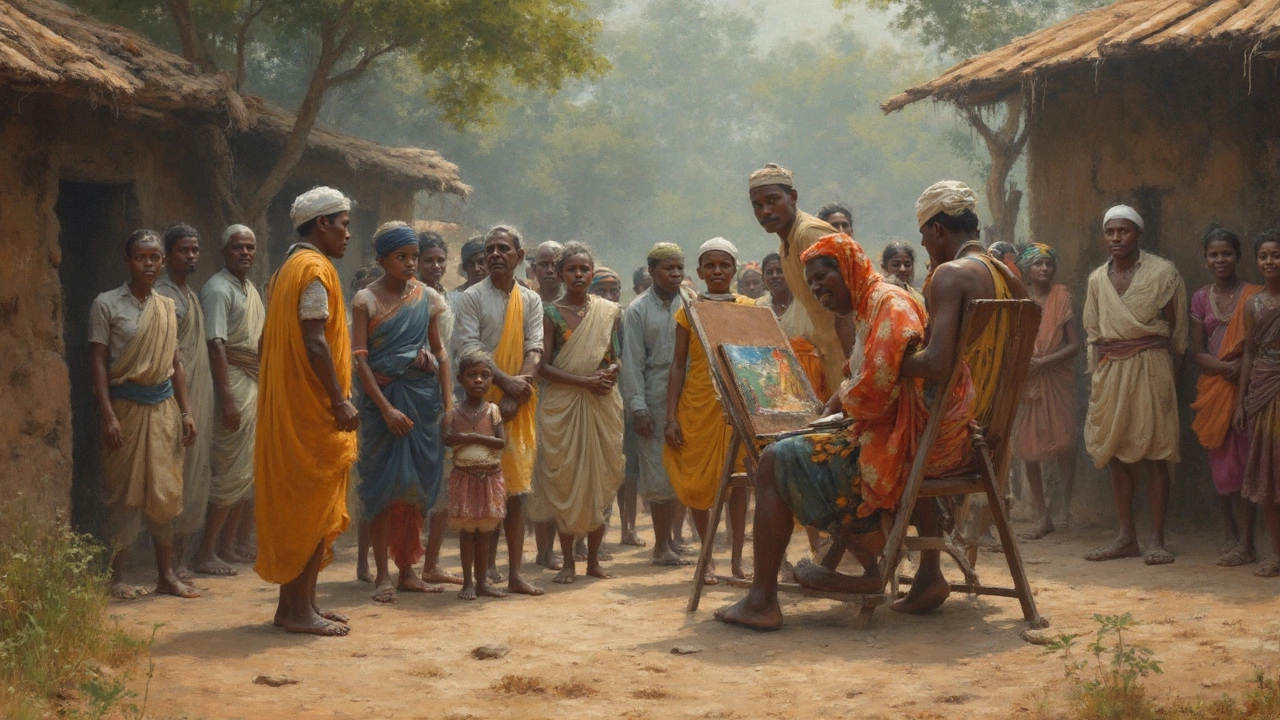
Famous No-Smile Portraits
It's time to dive into the world of famous historical portraits that are (in)famously known for their lack of smiles. Ever notice how the Mona Lisa has that enigmatic half-smile? Painted by Leonardo da Vinci in the early 16th century, this masterpiece captures curiosity and debate over its subject's expression. Is she happy, or just polite?
Then there's the stern visage of George Washington in the portrait by Gilbert Stuart. This painting has become an icon of American history. Washington's unsmiling face assuredly projects authority and seriousness expected from the nation's first president. Stuart allegedly avoided painting Washington with a smile because it would have looked unnatural to contemporaries.
Frida Kahlo, the enigmatic Mexican painter, often opted for a serious look in her self-portraits. These works reflect her inner struggles and the pain she endured, expressing true emotion beyond a mere smile. She once said:
"I paint myself because I am so often alone and because I am the subject I know best." - Frida Kahlo
Another masterpiece is the portrait of Queen Elizabeth I, known for her regal, consistent no-smile look. Such expressions were symbols of power; she had to project control and dignity in her turbulent reign. Imagine wearing all that heavy brocade and jewels – a grin would definitely feel out of place!
A cool trivia for you: In many of these paintings, the elusive smiles become part of their charm, with viewers always wondering what the sitter was truly feeling or thinking. Next time you stroll through a museum, keep an eye out for these no-smile portraits and ponder the aura of mystery they weave.
